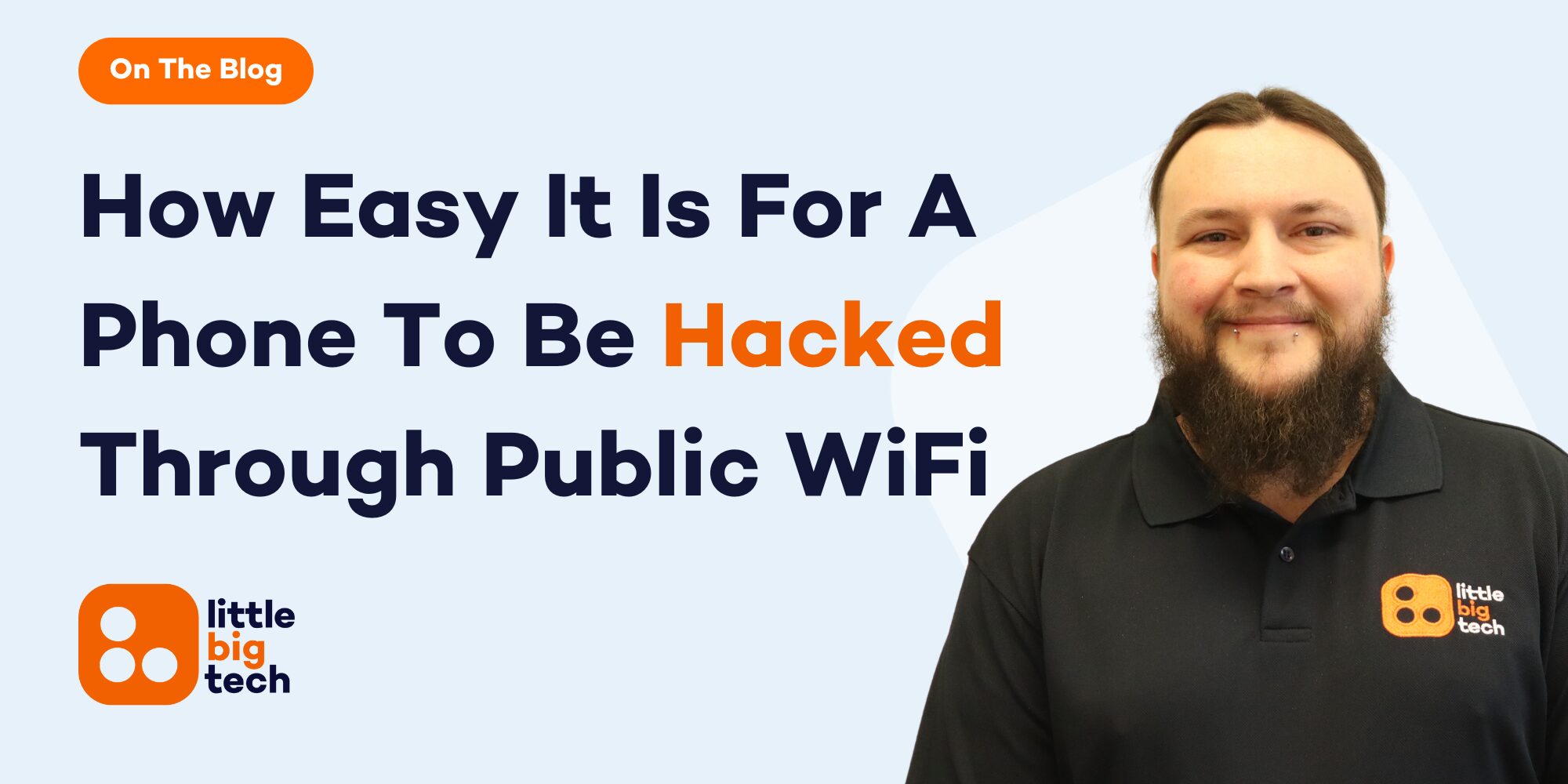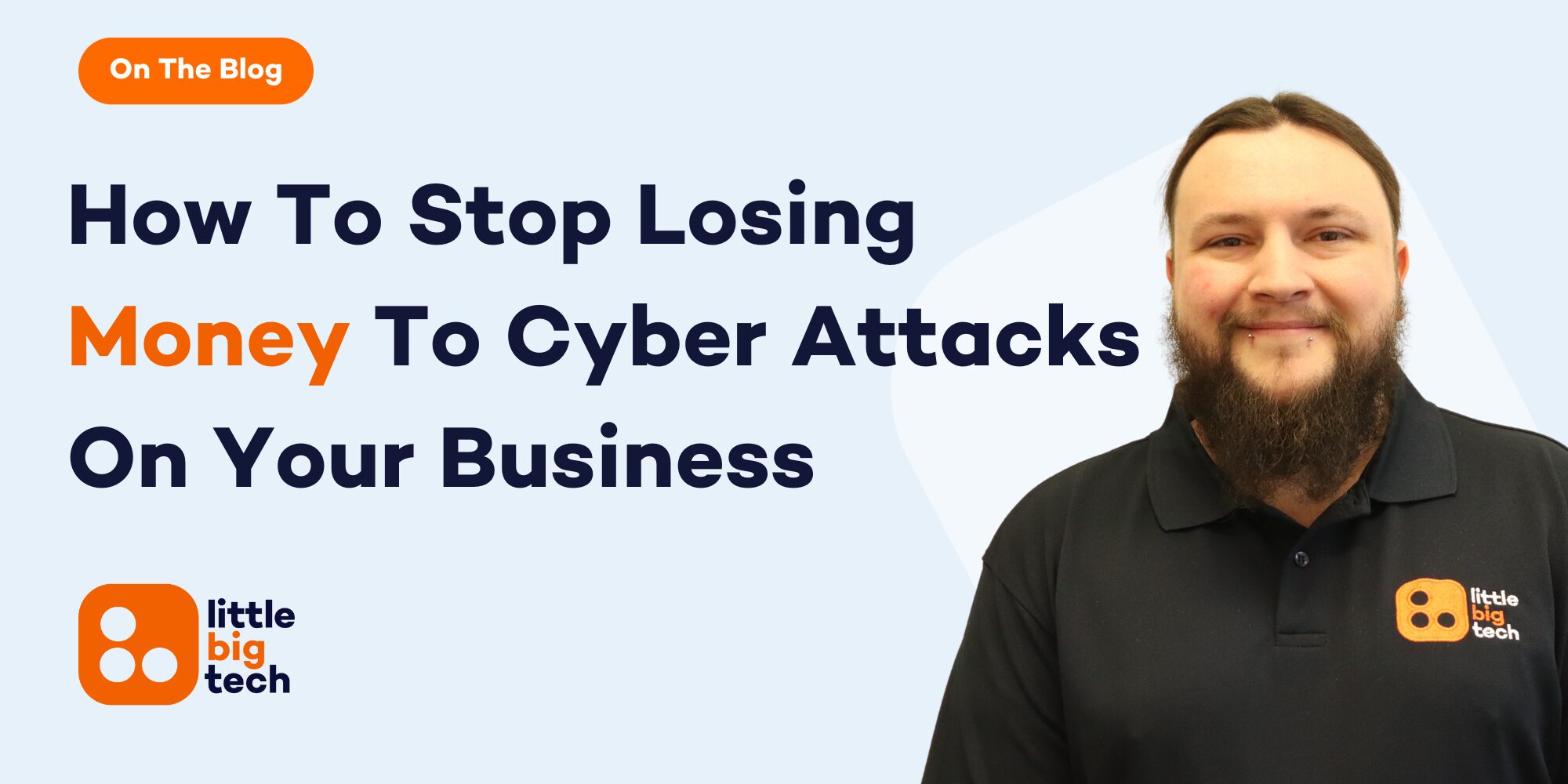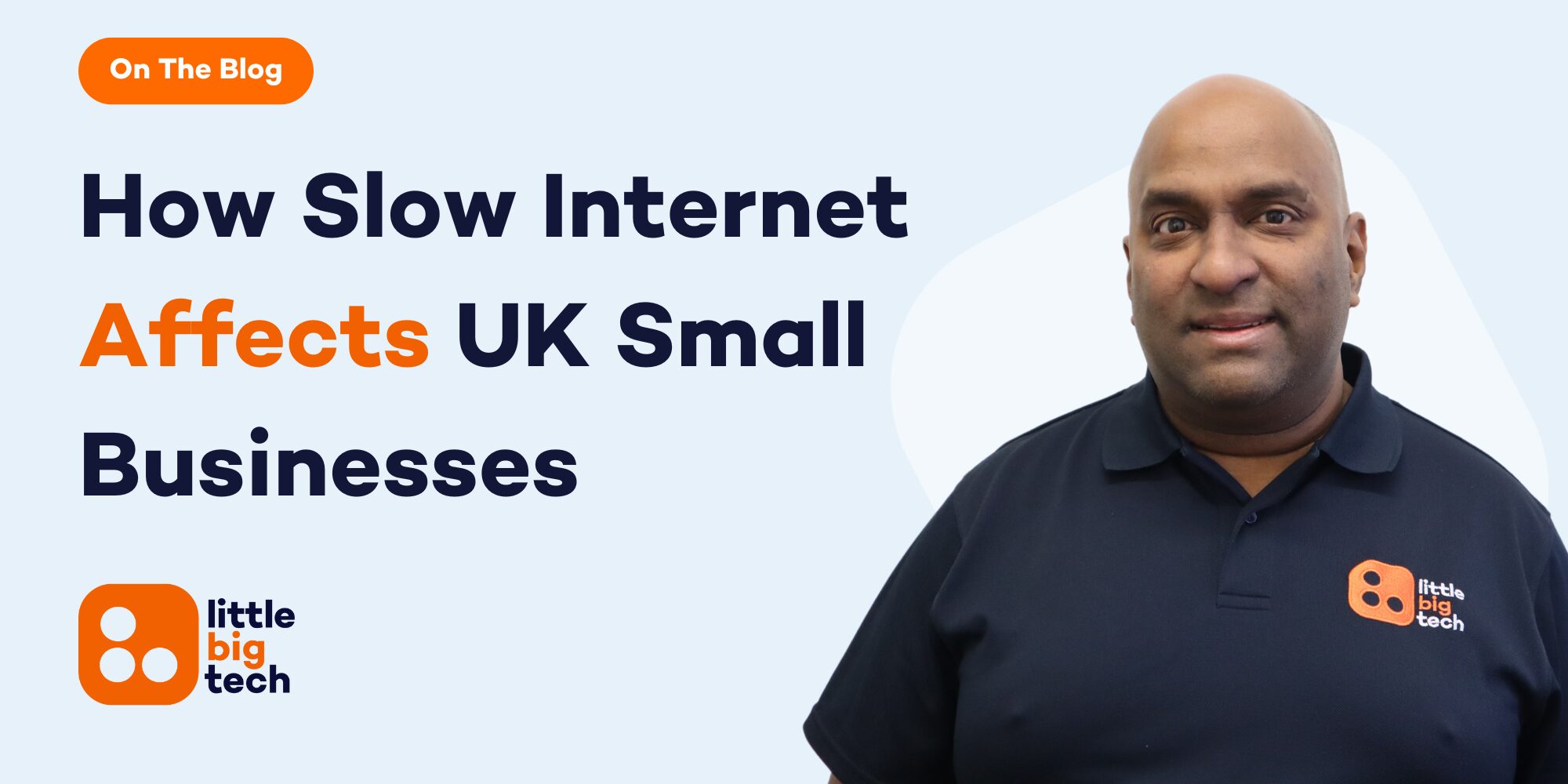Yes, someone can hack your phone through any public WiFi. If you’re using an open connection at a café, airport or hotel, you’re sharing that network with strangers. And if any of them is a hacker, they can snoop, copy, or even steal your personal data without you realising.
The keyword “hack your phone through public WiFi” is searched daily by people who want to know how real the danger is. It’s not just a rumour. Hackers use tools to spy on your activity while you’re connected to shared WiFi. They can see the websites you visit, the emails you open, and even the passwords you type if your connection isn’t secure.
This article is here to break it all down clearly. You’ll learn how these attacks happen, what hackers can actually do once they get into your phone, and the red flags to look out for. We’ll also show you how to stay safe even when you can’t avoid public networks.
There are no complicated words or tech jargon here. Just simple, straight answers that help you understand what’s at risk and what to do next. Because no one wants their personal photos, bank logins or private messages floating around with a stranger on the other end.
Let’s walk you through the real dangers and the smart steps you can take today to keep your phone protected when you’re out and about.
What Hackers Can Do Once They’re In Your Phone
Once a hacker gains access to your phone through public WiFi, they can do more than just poke around. They can take control in ways that affect your money, your privacy, and your safety.
1. See your messages and emails:
If you’re sending emails or chatting over apps that aren’t encrypted, a hacker can read what you send and receive. That includes business messages, personal chats and even login links.
2. Steal your passwords:
Hackers use something called a keylogger, which records every letter you type. That means your login details for apps, websites, and banking apps can be picked up and stored without you knowing.
3. Empty your bank account:
If you log in to your banking app while on public WiFi, they could hack your phone through public WiFi and you could be giving away the keys to your money. A hacker can use your details to move money, make purchases or lock you out completely.
4. Access your camera and microphone:
In some cases, hackers use spyware to turn on your phone’s camera or mic. This means they can see where you are or hear what you’re saying without your permission.
5. Install apps you didn’t approve:
Some hackers add malware to your phone. You might not even notice it. These apps can run in the background, using your data, tracking your location, or even sending private information to the hacker.
6. Fake your identity:
With enough information, a hacker can pretend to be you. They might open new accounts, apply for loans or send messages to your contacts pretending to be you.
7. Hold your data for ransom:
In worst-case cases, your phone can be locked by the hacker and you’ll be asked to pay money to get it back. This is called ransomware and it’s becoming more common.
It’s easy to think it won’t happen to you. But the tools hackers use today are made to work quietly. You might not realise your phone has been taken over until the damage is already done.
So if you often use public WiFi, think about the information you’re sending through the air. Hackers are waiting for people who don’t take small steps to protect themselves.

Why Public WiFi Is A Hacker’s Playground
Public WiFi might feel helpful when you’re out and about. But to hackers, it’s a perfect place to strike. These networks are often open and easy to access, which makes them ideal for people looking to steal your information.
No passwords means no protection:
Many public WiFi networks in cafes, airports, hotels or shops do not need a password to connect. That means anyone can jump on — including people with bad intentions. If there’s no security on the network, your data is open for others to see.
Anyone can set up a fake hotspot:
Hackers often create fake WiFi spots with names that sound like the real ones. You might think you’re connecting to “Hotel Free WiFi” but it could be a hacker’s own hotspot. Once you’re on it, they can see everything you do online. This is one of the common ways they hack your phone through public WiFi.
It’s hard to tell if it’s safe:
Unlike your home WiFi, public WiFi does not show who else is on it. You can’t see if someone is watching or trying to get into your phone. And because everything happens in the background, you won’t know until it’s too late.
Public WiFi often skips encryption:
Encryption scrambles your data so it can’t be read by others. But most public WiFi networks don’t use it properly, or at all. That means anything you send — messages, photos, passwords — can be picked up by someone who’s listening in and this another way they hack your phone through public WiFi.
Hackers don’t need to be experts anymore:
It used to take skill to hack someone’s phone. Now, there are easy tools and apps made just for stealing data from people using public WiFi. These tools are free or cheap, and they’re made for beginners. That’s what makes it so dangerous.
Your phone connects without asking:
Many phones are set to connect to known WiFi networks on their own. If you’ve used a hotel or café WiFi once, your phone might try to join again the next time without asking. Hackers use this to trick your phone into connecting without your knowledge.
Public WiFi is a playground for hackers because people let their guard down. It’s quick and easy to use, but without extra care, it opens the door to real harm.
How Hackers Can Trick Your Phone Into Giving Away Information
Hackers are clever when it comes to getting into your phone through public WiFi. They don’t need to break your screen or steal your device. They use quiet tricks that happen in the background while you browse the internet or check your emails. Here’s how they do it.
1. Setting up fake WiFi networks:
Hackers often create fake networks that look like the real ones. You might be in a coffee shop, and your phone sees “FreeCafe_WiFi” and connects without a second thought. But that network could belong to a hacker sitting nearby, waiting to catch your data.
2. Running a man-in-the-middle attack:
This happens when the hacker places themselves between you and the website you’re trying to visit. They can see everything you send and receive. This could include your login details, banking information, or even private photos. You won’t know it’s happening.
3. Using packet sniffers:
A packet sniffer is a tool that watches all the data passing through a network. On a public WiFi network, it’s very easy for someone to use one of these tools. They can collect usernames, passwords, credit card numbers and more, without you ever knowing.
4. Exploiting auto-connect settings:
Most smartphones are set to connect to known WiFi networks automatically. Hackers use this feature to their advantage. They name their network something your phone recognises, like “BTWiFi” or “Hotel_Guest”, and your phone connects without asking. From there, they can start collecting your data.
5. Pushing fake software updates or apps:
Some hackers send fake messages saying your phone needs an update or security fix. If you click, it downloads a virus or tracking app. These apps can run quietly in the background, recording everything you do — from passwords to messages.
6. Accessing file-sharing settings:
Some devices have file sharing turned on. If yours does, hackers can see what’s stored on your phone or even send harmful files to it. This can happen without you opening anything or clicking a link.
All of this can happen in minutes. You won’t see any pop-ups or warnings. That’s what makes public WiFi risky. Without strong protection, your phone is an easy target.

Hackers See On Public WiFi: What Data They Really Steal
When people ask “how bad can it really be?” after connecting to public WiFi, they often don’t realise just how much hackers see on public WiFi. The truth is, once your phone is connected to an unsecured network, nearly everything you do online can be watched, copied, or stolen.
1. Passwords and usernames:
This is the most common data hackers go after. If you log into your email, social media, or bank while using public WiFi, your login details can be captured. Many websites don’t scramble this information properly, especially if you’re not using a secure connection.
2. Credit and debit card details:
Shopping online while using public WiFi can be dangerous. When you enter your card number, name and billing address, all of it can be seen by someone using the right tools. Even payment apps can be exposed if they don’t have added protection.
3. Email and chat messages:
Hackers can read emails you send and receive, especially on services that don’t use end-to-end security. Messaging apps that are not properly encrypted also fall into this trap. That means private chats might not be so private after all.
4. Personal documents and photos:
If you open cloud storage, upload documents, or back up your phone while on public WiFi, hackers can peek in. They might even download copies of those files to use for scams or blackmail.
5. Your location and device information:
Hackers can track your phone’s identity number, operating system, and current location. They can then use this to follow your movements or target you again later. Some can even learn your mobile provider or detect which apps you use most.
6. Online behaviour and browsing history:
Even if you don’t log into anything, hackers can still see the websites you visit. They may use this information to create fake pages that trick you into entering sensitive details, or use it to guess your habits.
7. Saved logins and auto-fill details:
If you have passwords saved in your browser or allow auto-fill on forms, this can be collected too. Hackers know how to trigger these actions and collect the results without you realising.
That’s what hackers see on public WiFi. It’s not just one or two things — it’s almost everything. The risk is real, but being aware of what they’re after is the first step to staying safe.
Expert Advice On How Easy It Is To Hack Your Phone Through Public WiFi
The truth is, it takes very little for someone with the right tools to hack your phone through any public WiFi. Many people assume that basic antivirus or a locked screen is enough, but in reality, your data can be exposed the moment you connect to an unprotected network. This article has shown how passwords, emails, bank details and even your personal photos can fall into the wrong hands — all without you knowing until it’s too late.
At Little Big Tech, we don’t just warn people about cyber risks. We actively protect them. From full mobile protection plans to business-level endpoint security, we help individuals, teams and workplaces stay one step ahead. Our support is real, ongoing and based right here in the UK. We know the tricks hackers use, and more importantly, we know how to stop them.
If you’ve ever used public WiFi and felt uneasy about what could happen, don’t wait until something goes wrong. It’s far easier and cheaper to protect your devices now than recover from a security breach later. We’re ready to help you take the next step. Contact Little Big Tech today on 03333 055 331 and we’ll guide you to the right protection — without the stress, without the jargon, and without delay.









